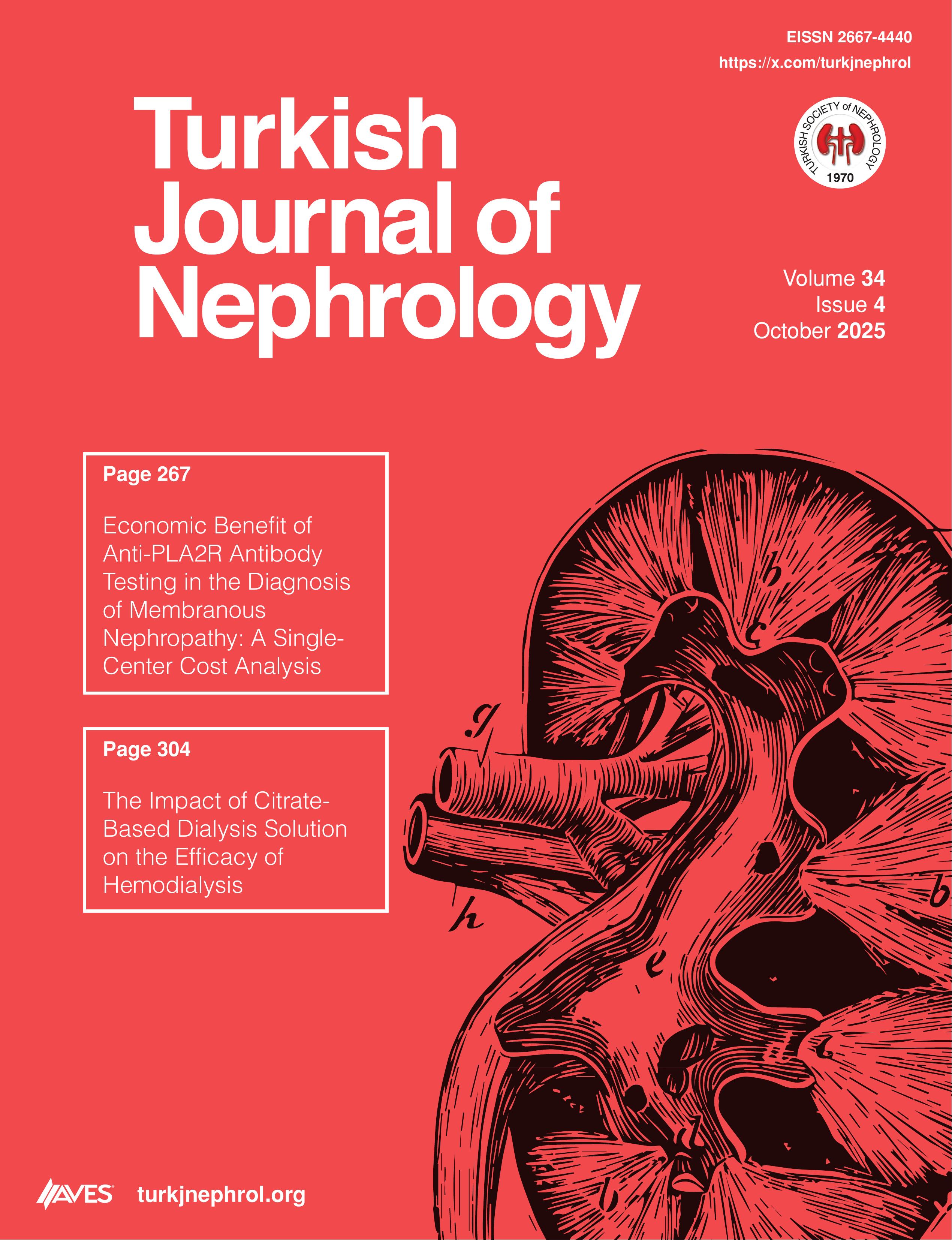The interrelationship of sodium/salt consumption and chronic kidney disease (CKD) development and/or progression is inconsistent. Differences in the methods to evaluate sodium/salt intake may be one reason for this finding. The measurement of sodium/salt intake is challenging in CKD due to alterations in circadian sodium handling and creatinine kinetics (as sodium estimation formulas use creatinine), day-to-day variation in urine output, recall bias, and cognitive dysfunction. This paper aims to present an overview of the methods to estimate sodium/salt intake in patients with CKD. The authors conducted a review of existing literature regarding the methods used to estimate sodium/salt intake in patients with CKD. PubMed, Embase, Cochrane Library, and Web of Science databases were searched. To make an extensive search strategy, key terms were kept broad and included “24-hour urinary sodium excretion and chronic kidney disease,” “Spot urinary sodium and chronic kidney disease,” “Food frequency questionnaires, sodium and chronic kidney disease,” “Food records, sodium and chronic kidney disease,” and “Food recalls, sodium and chronic kidney disease.” Although there are many methods to measure sodium intake in patients with CKD, none of them is perfect, including 24-hour urinary sodium excretion. Furthermore, most of the formulas are derived from healthy populations. Although CKD-specific formulas exist, they are scarce and mostly not externally validated. Each method to estimate sodium intake has specific advantages and disadvantages in patients with CKD. More research is necessary to find better methods to estimate sodium intake in patients with CKD.
Cite this article as: Afsar B, Afsar RE, Bastani B, Rub FAA, Caliskan Y, Lentine KL. Sodium intake estimation in chronic kidney disease: From measurement methods to clinical outcomes. Turk J Nephrol. 2025;34(3):160-168.

.png)

.png)

.png)
